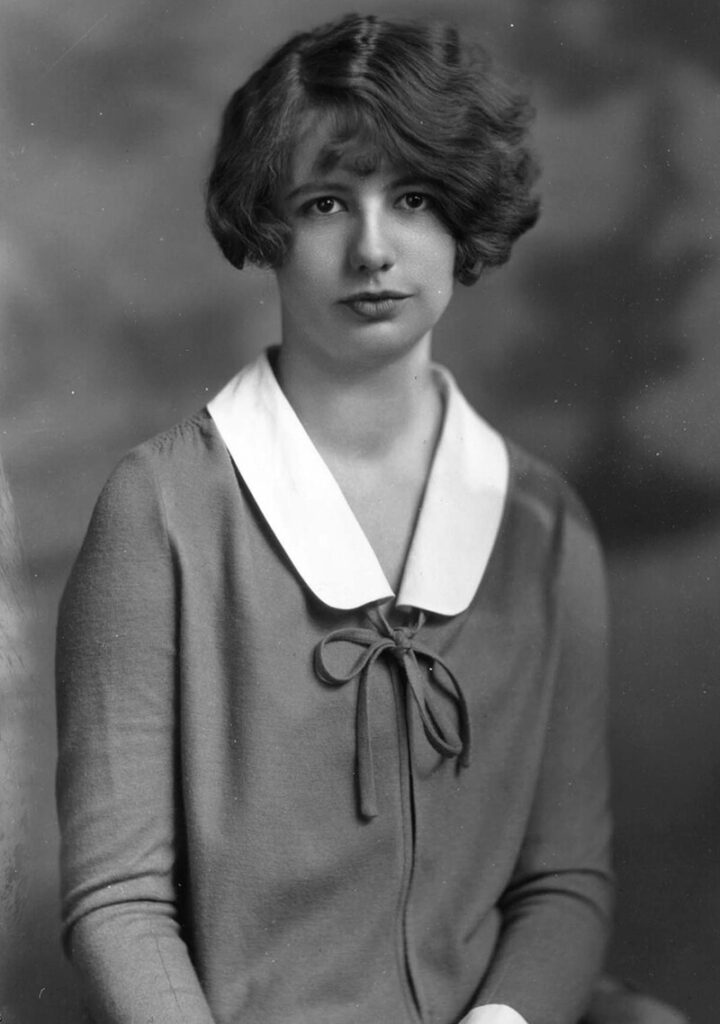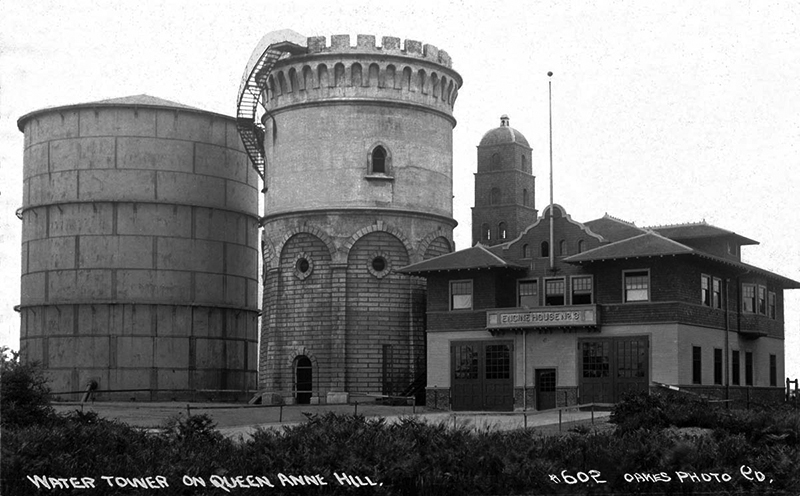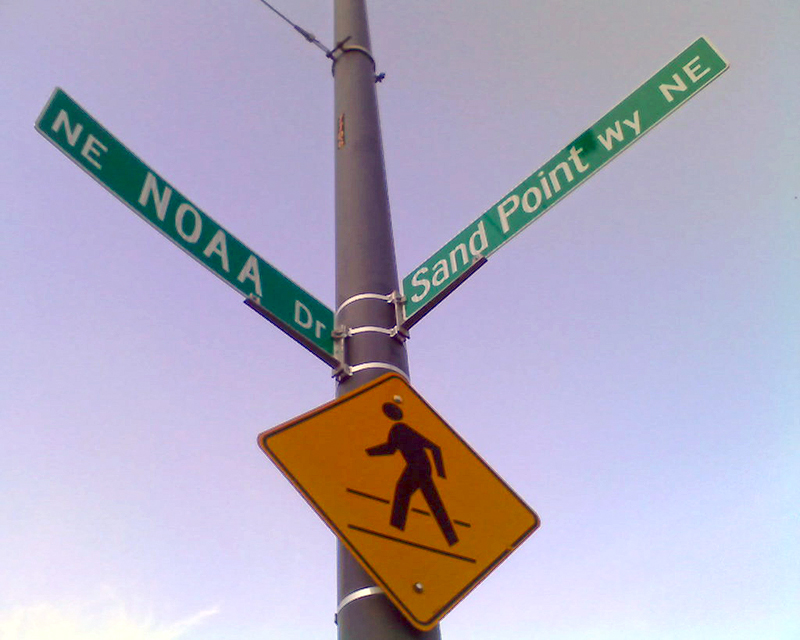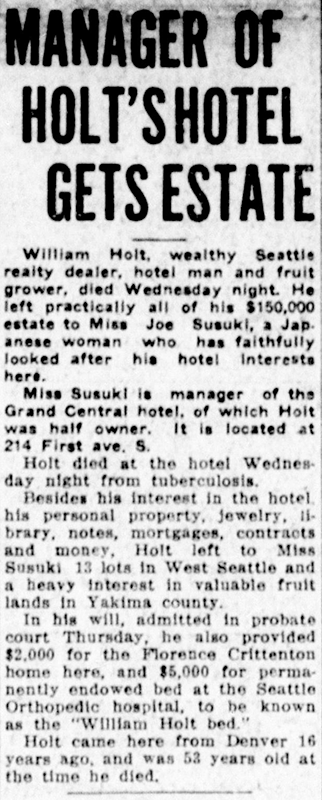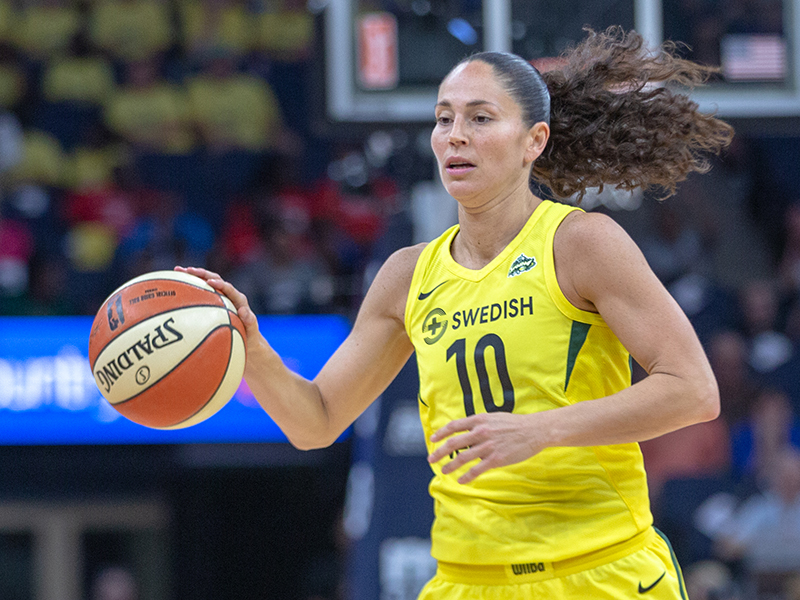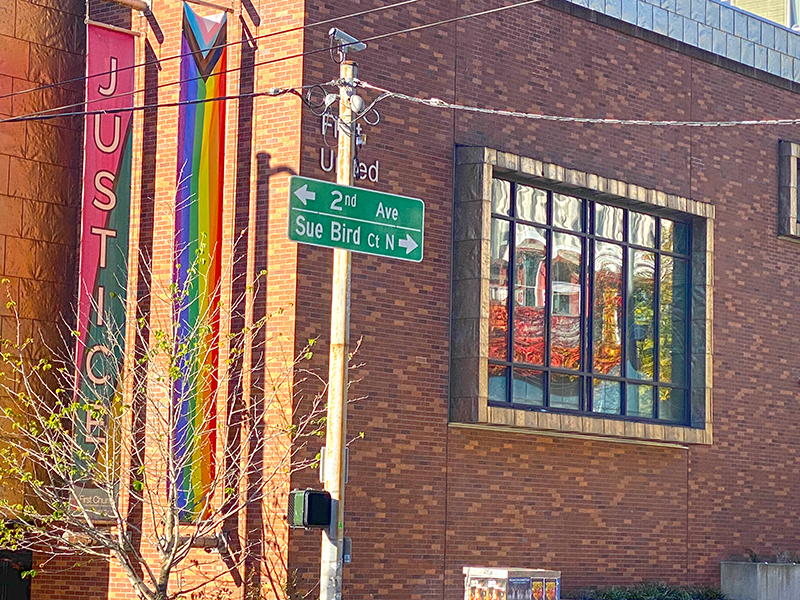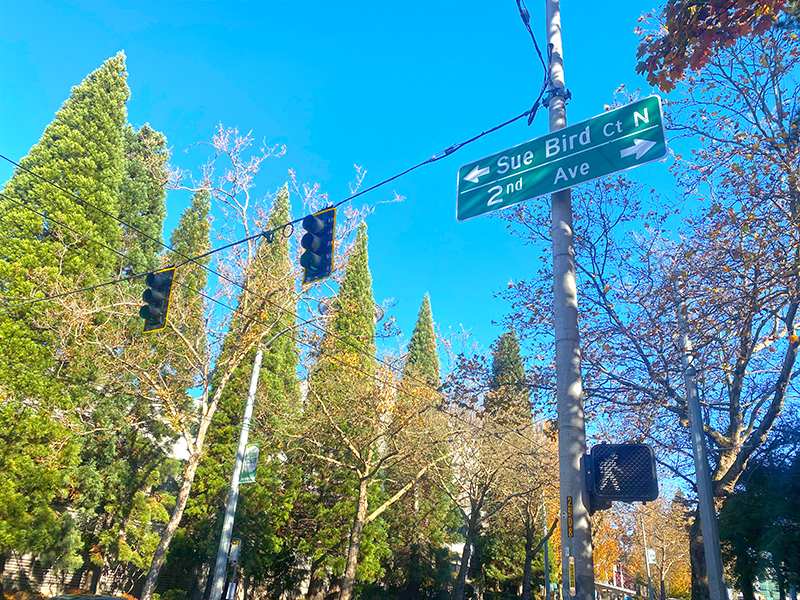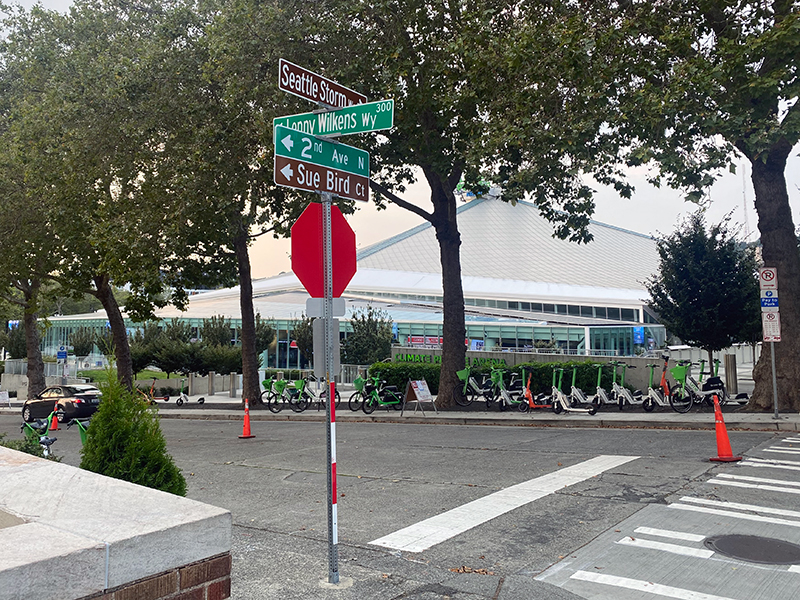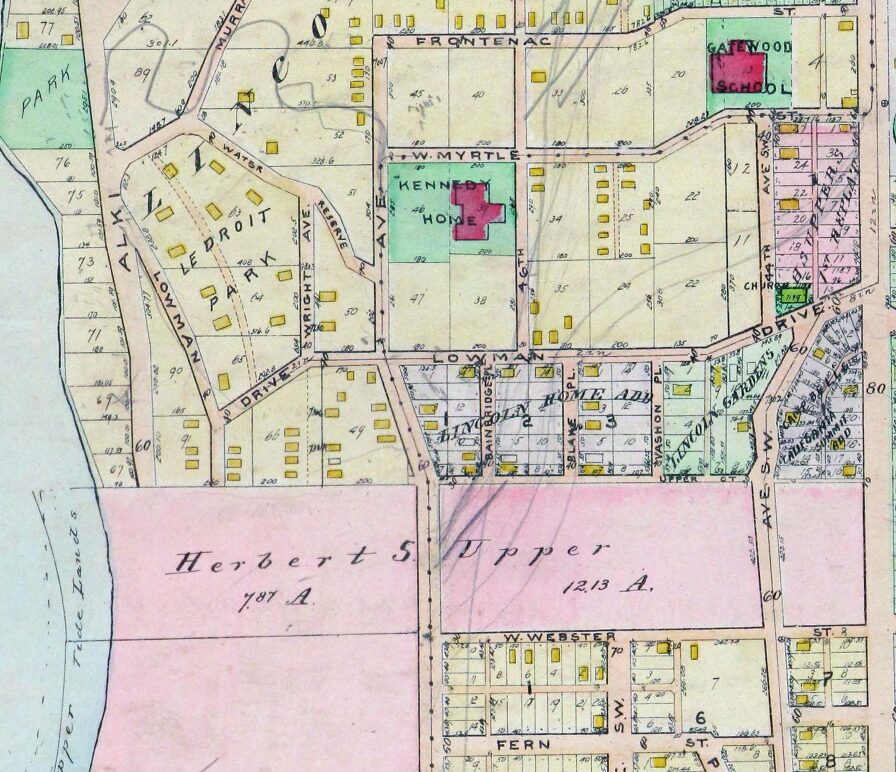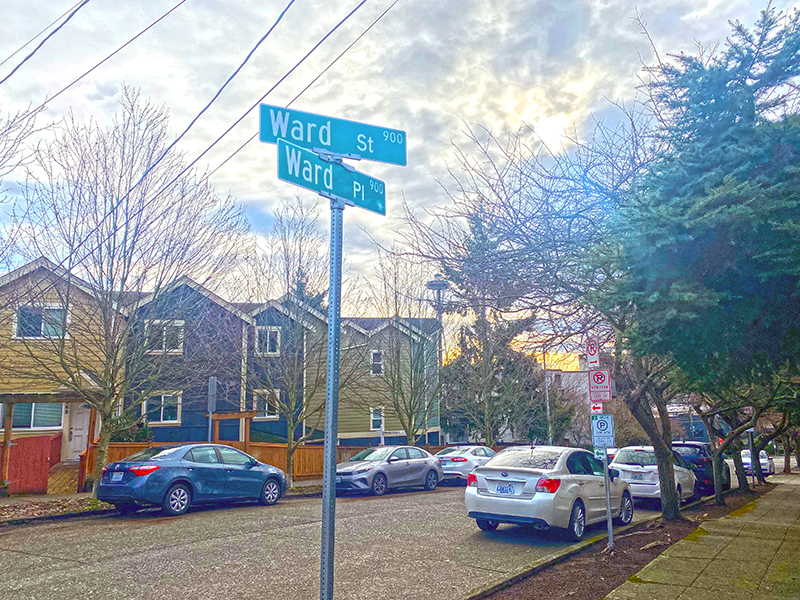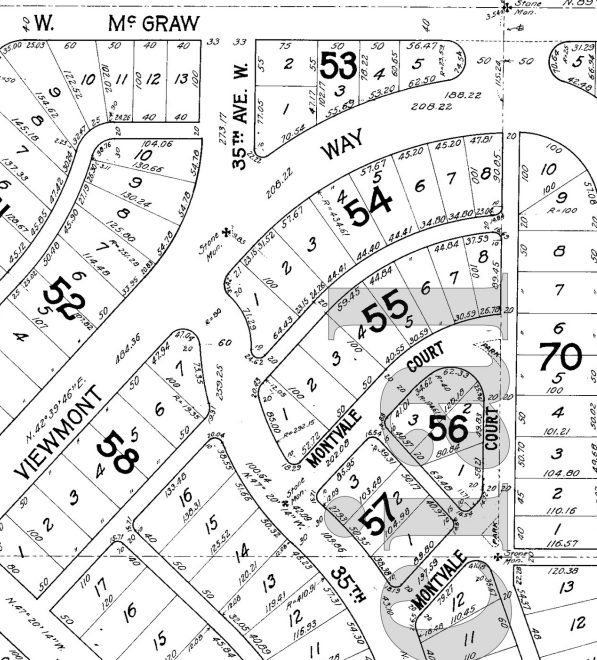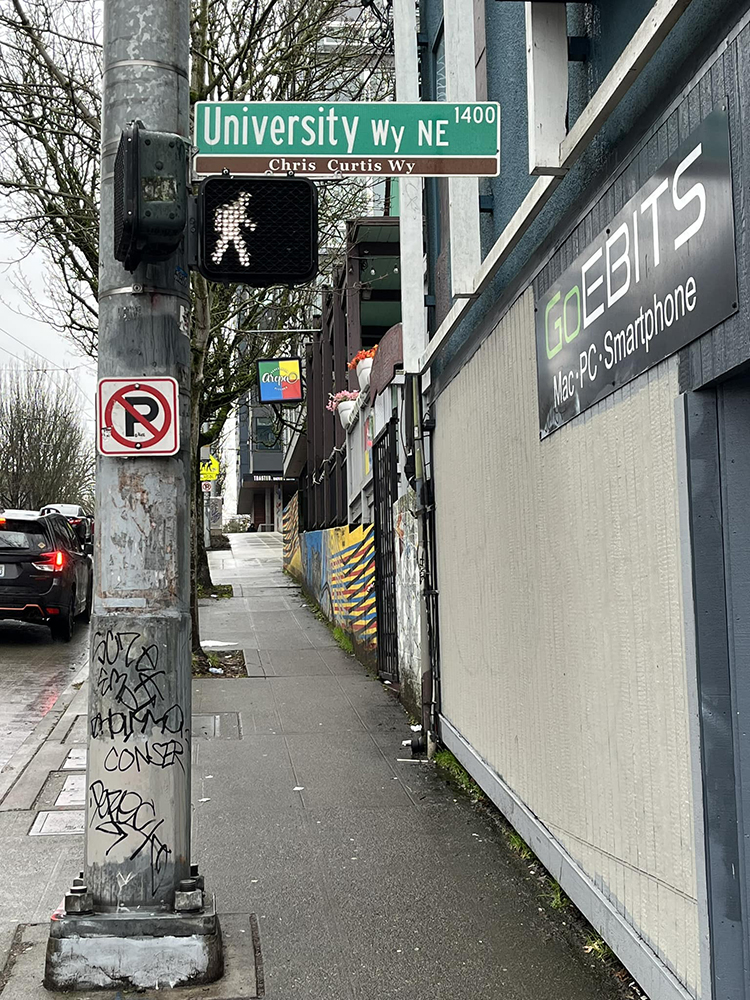Note: This was originally published on Crosscut.com on April 4, 2011, as ‘Niehaus Way South: a nice tribute, or half of one anyway’ (reminder: stringers don’t write their own headlines). Recently, Cascade PBS took down what appears to be most of the stories from the Crosscut days, so I thought I’d repost some of my articles here. The original subhed was:
The new ‘designation’ for one stretch of First Avenue South will honor the late Mariner broadcaster without fully renaming the street. Here’s why that’s a good thing.
Later today (April 4), nearly 32 years to the day after S. Connecticut Street was renamed S. Royal Brougham Way for the late P-I sportswriter, the Seattle City Council is expected to honor another sports legend with a SoDo street. First Avenue South between Royal Brougham and Edgar Martinez Drive South will receive a “secondary designation” of Dave Niehaus Way South.
Though official, it is not a renaming in the same way Connecticut and Atlantic became Royal Brougham and Edgar Martinez, or Airport Way in front of the old INS building reverted to its historic name of Seattle Boulevard. As councilmember Sally Clark notes in the April edition of her email newsletter, “it will still be First Ave. S. on your street maps and GIS systems, but you’ll see a special brown sign with Dave’s name.”
Clark’s office says the Mariners are paying for the installation, and that there will be an unveiling on April 8, the day of the Mariners’ home opener. “The street naming is one tribute among many,” said Clark, when asked for comment. “I hope the signs remind people of Dave’s voice and of great plays seen from the stands or heard on the radio.”
”By renaming this street, we affirm that the legend of Dave Niehaus will never die,” said Glen Garnett, paraphrasing a line from “The Sandlot.” Garnett originally wanted to rename this stretch of First Avenue after Ken Griffey, Jr., but redirected his efforts after Niehaus’ death.
So what does this mean for proposals to name Seattle’s alleys and other unnamed spaces? A year ago, Crosscut’s Knute Berger wrote that “honorary names … won’t show up on maps or as addresses, and they can cause confusion… they can become controversial for being too outlandish, too commercial, or not politically correct.” But they could nevertheless be the best way forward. Budgets may never again allow for Great Renamings, but nothing should stand in the way of projects with smaller scope, catalogued online, funded by local property owners or heritage groups, and approved in, say, twice-yearly batches.
Pioneer Square’s Nord Alley, Downtown’s News Lane, and Denny-Blaine’s Swanson’s Alley are among the initial candidates I’d put forward. Yesler Terrace is another possibility. Regardless of one’s position on its redevelopment, a nod to Jesse Epstein and Nihonmachi (Japantown) seems in order. Considering the current and likely future funding environment, “secondary designations” deserve a serious look as a cost-effective way to bring a sense of place and history to the streets of Seattle.
Born and raised in Seattle, Benjamin Donguk Lukoff had his interest in local history kindled at the age of six, when his father bought him settler granddaughter Sophie Frye Bass’s Pig-Tail Days in Old Seattle at the gift shop of the Museum of History and Industry. He studied English, Russian, and linguistics at the University of Washington, and went on to earn his master’s in English linguistics from University College London. His book of rephotography, Seattle Then and Now, was published in 2010. An updated version came out in 2015.
